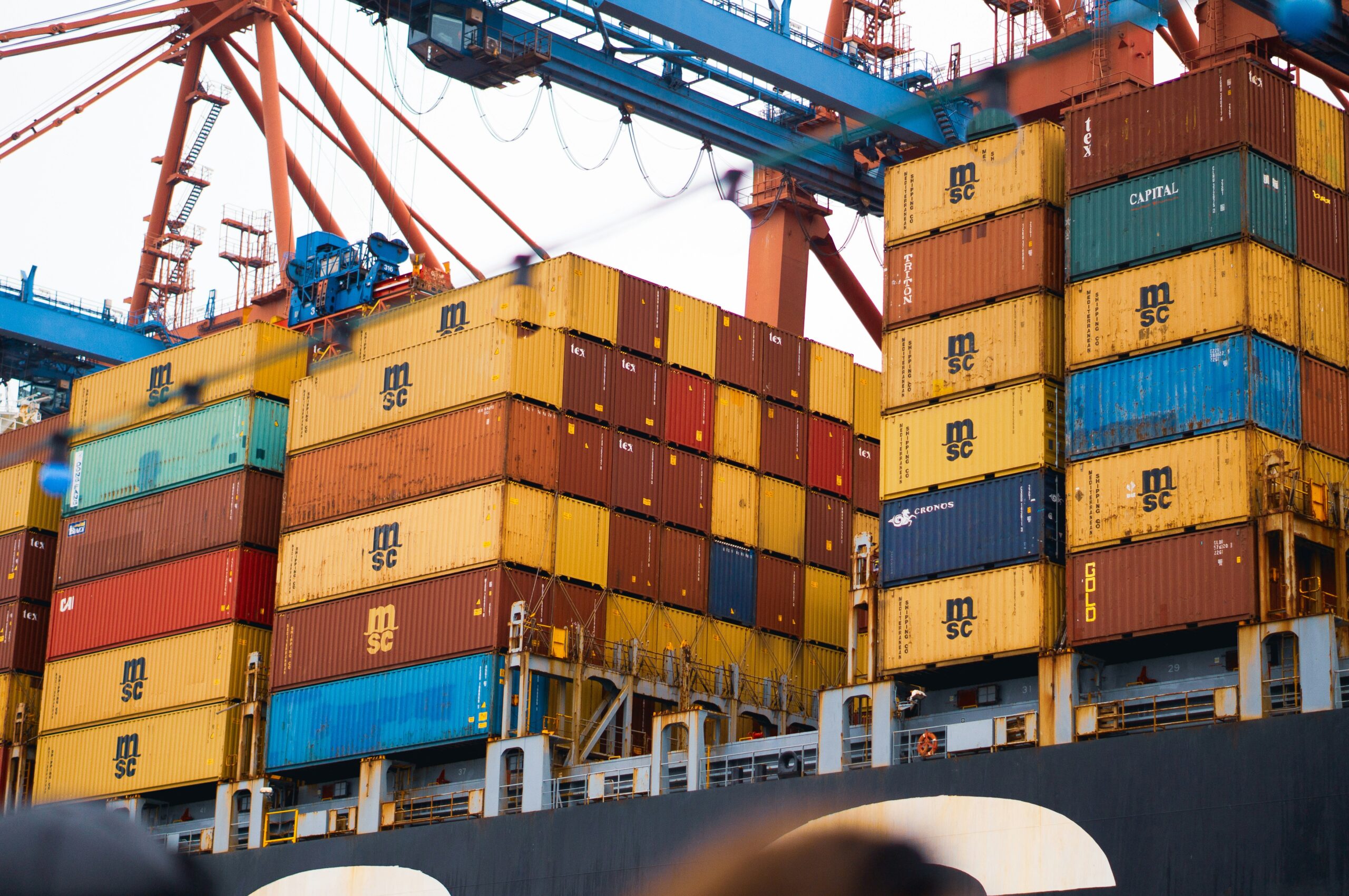Approximately 663 million people live in ASEAN, Australia, and New Zealand, a region with a combined Gross Domestic Product of about USD 4 trillion as of 2016. The ASEAN-Australia-New Zealand Free Trade Area (AANZFTA) is a comprehensive and single-undertaking free trade agreement that opens up and creates new opportunities for these people. The AANZFTA provides a more flexible, accommodating, transparent market and investment regime among the twelve parties to the Agreement. This is to further the ASEAN Community Vision 2025’s goal of sustainable economic growth in the area.

Objectives
From the time the Agreement enters into force, the FTA aims to gradually lower tariffs and eventually remove them on at least 90% of all tariff lines. Modernized and flexible rules of origin, streamlined customs procedures, and more open mechanisms will all help to simplify the movement of commodities. The FTA also stated that trade restrictions on services would gradually be lifted, giving regional service providers more access to the market.
Parties to AANZFTA
There are twelve AANZFTA Parties. An agreement known as the AANZFTA was reached between Australia and New Zealand, as well as the ASEAN member states of Brunei Darussalam, Cambodia, Indonesia, Laos, Malaysia, Myanmar, Singapore, Thailand, Viet Nam, and the Philippines.
History of AANZFTA
The AANZFTA was the first multilateral free trade agreement that New Zealand and Australia jointly negotiated. Additionally, it was the first time ASEAN began simultaneous discussions for a comprehensive free trade agreement covering all industries. The intention to investigate a connection between the Australia-New Zealand Closer Economic Relations (CER) Trade Agreement and the ASEAN Free Trade Area (AFTA) led to the creation of the AANZFTA. The AFTA-CER Closer Economic Partnership (CEP) Agreement is the result of this. Through a work program centered on trade facilitation and capacity building, this agreement primarily aimed to strengthen economic integration but did not provide extensive trade coverage. The decision to begin official AANZFTA discussions was made public in 2004. The subsequent discussions came to an end in 2008, and the AANZFTA went into effect for all parties in January 2012. Although Australia, New Zealand, and ASEAN as a whole participated in the AANZFTA discussions, the finished free trade agreement resulted in distinct market access obligations for each of them.
Amendment of the AANZFTA
Ministers ratified the First Protocol to Amend the AANZFTA on August 26, 2014. This addressed legitimate business concerns by fixing implementation issues with Rules of Origin and Certificates of Origin. On November 24, 2014, the National Interest Analysis and Regulation Impact Statement, as well as the First Protocol, were submitted to both chambers of the Australian Parliament for consideration. The Joint Standing Committee on Treaties recommended that binding treaty action be taken following a hearing on March 2, 2015. The Governor-General issued a legislative modification on April 30, 2015, to put the First Protocol’s provisions into effect. For 10 Parties—Australia, New Zealand, Brunei Darussalam, Laos, Malaysia, Myanmar, Philippines, Singapore, Thailand, and Vietnam—the First Protocol went into effect on October 1st, 2015. Cambodia and Indonesia both saw the First Protocol come into effect on January 11, 2016, and March 1, 2019, respectively.
Features of AANZFTA
The ASEAN-Australia-New Zealand Free Trade Area’s salient features are listed below:
Goods
AANZFTA has offered member nations major advantages in a variety of industries. By 2020, tariffs on practically all goods exchanged between the participating countries would be eliminated. Through Rules of Origin that permit cumulation, the AANZFTA has further liberalized market access for goods from its member countries. This implies that any items from a member state utilized in the production of goods in other member states are regarded as local content.
Services
AANZFTA gives regional service providers from member nations more access and enhanced possibilities. Additionally, the AANZFTA includes commitments to more expedited and open immigration applications and processing for business people operating in the ASEAN region.
Investment
Through a variety of investment protection rules and a provision to resort to binding investor-state arbitration processes, AANZFTA promotes investment in the ASEAN region by assuring better protection and security.



